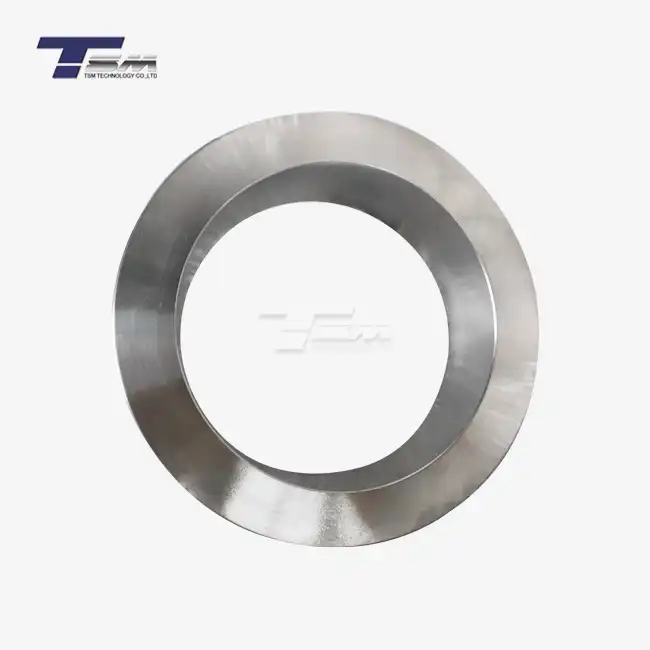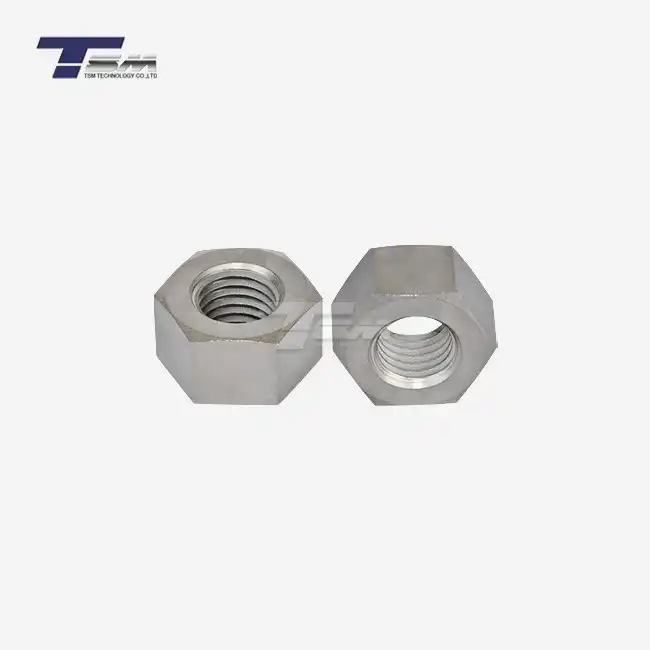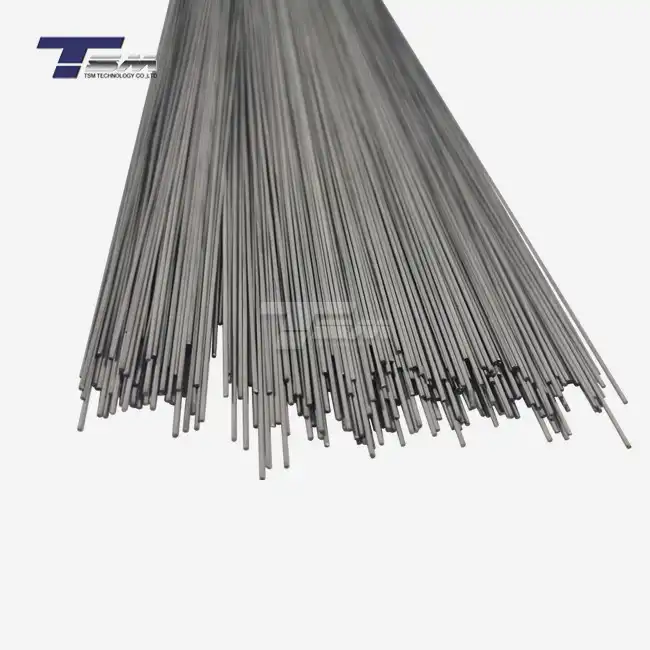- English
- French
- German
- Portuguese
- Spanish
- Russian
- Japanese
- Korean
- Arabic
- Greek
- German
- Turkish
- Italian
- Danish
- Romanian
- Indonesian
- Czech
- Afrikaans
- Swedish
- Polish
- Basque
- Catalan
- Esperanto
- Hindi
- Lao
- Albanian
- Amharic
- Armenian
- Azerbaijani
- Belarusian
- Bengali
- Bosnian
- Bulgarian
- Cebuano
- Chichewa
- Corsican
- Croatian
- Dutch
- Estonian
- Filipino
- Finnish
- Frisian
- Galician
- Georgian
- Gujarati
- Haitian
- Hausa
- Hawaiian
- Hebrew
- Hmong
- Hungarian
- Icelandic
- Igbo
- Javanese
- Kannada
- Kazakh
- Khmer
- Kurdish
- Kyrgyz
- Latin
- Latvian
- Lithuanian
- Luxembou..
- Macedonian
- Malagasy
- Malay
- Malayalam
- Maltese
- Maori
- Marathi
- Mongolian
- Burmese
- Nepali
- Norwegian
- Pashto
- Persian
- Punjabi
- Serbian
- Sesotho
- Sinhala
- Slovak
- Slovenian
- Somali
- Samoan
- Scots Gaelic
- Shona
- Sindhi
- Sundanese
- Swahili
- Tajik
- Tamil
- Telugu
- Thai
- Ukrainian
- Urdu
- Uzbek
- Vietnamese
- Welsh
- Xhosa
- Yiddish
- Yoruba
- Zulu
What is Grinding: Definition, Process, Types & Specifications
Grinding is a machining process that involves the removal of material from a workpiece using an abrasive tool, typically a grinding wheel, to achieve a smooth finish, precise dimensions, or specific surface qualities. This technique is essential in industries requiring high precision, such as aerospace, automotive, and manufacturing, especially when working with robust materials like nickel-based alloys, stainless steel, and other specialty metals. The process encompasses various types, including surface, cylindrical, and centerless grinding, each tailored to distinct applications. Specifications, such as wheel grit size, material hardness, and machine settings, are meticulously chosen to match the workpiece's properties, ensuring optimal results. Understanding grinding is vital for professionals handling advanced materials, as it directly impacts product quality and performance.
Understanding the Grinding Process and Its Core Principles
Grinding stands as a cornerstone in precision engineering, offering a method to refine surfaces, enhance dimensional accuracy, and prepare components for their final applications. Let's delve into the intricacies of this process, exploring its mechanics, significance, and relevance, particularly when working with high-performance materials like nickel-based superalloys.

Mechanics of Material Removal
At its essence, grinding involves an abrasive tool - often a rotating wheel embedded with hard particles - interacting with a workpiece. These abrasive grains act as miniature cutting tools, shearing away tiny fragments of material. The process is distinct from other machining methods due to its ability to handle exceptionally hard substances, such as Inconel or Hastelloy, which are prized for their resilience in extreme environments. The efficiency of material removal depends on factors like the abrasive's sharpness, the wheel's rotational speed, and the pressure applied, all of which must be calibrated to avoid thermal damage or surface imperfections.
Importance in Precision Engineering
Precision is paramount in industries where components must withstand corrosive conditions, high temperatures, or intense mechanical stress. Grinding ensures that parts meet stringent tolerances, a necessity when crafting items like turbine blades or valve components from advanced metals. Unlike softer materials, superalloys demand meticulous attention during grinding to prevent cracking or work hardening, which could compromise their integrity. This process not only enhances dimensional accuracy but also improves surface finish, reducing friction and wear in operational settings. For manufacturers dealing with specialty metals, mastering grinding techniques is indispensable to delivering top-tier products.
Factors Influencing Grinding Efficiency
Several variables dictate the success of a grinding operation. The choice of abrasive material - whether aluminum oxide, silicon carbide, or cubic boron nitride - must align with the workpiece's composition. Harder materials, such as those used in aerospace applications, often require diamond abrasives for effective machining. Additionally, coolant usage plays a pivotal role in dissipating heat, especially when processing heat-resistant alloys, as excessive temperatures can lead to metallurgical changes. Machine rigidity, wheel dressing frequency, and feed rates further influence outcomes, underscoring the need for a holistic approach to optimize grinding performance.
Exploring the Diverse Types of Grinding Techniques
Grinding is not a monolithic process; rather, it encompasses a spectrum of techniques, each designed to address specific challenges in material shaping and finishing. Understanding these variations is crucial for professionals working with high-performance metals, as the choice of method directly impacts the quality and functionality of the final product.
Surface Grinding for Flat Finishes
Surface grinding is a widely adopted technique for producing flat, smooth surfaces on workpieces. It employs a horizontal spindle and a reciprocating table, with the grinding wheel removing material from the surface in incremental passes. This method is particularly effective for finishing components made from durable metals, such as Monel alloy or Incoloy alloy, where a flawless surface is essential for corrosion resistance or aesthetic appeal. Surface grinding excels in applications requiring tight tolerances, such as the production of precision dies or mold bases, ensuring that parts perform reliably under demanding conditions.
Cylindrical Grinding for Rotational Components
When dealing with cylindrical or conical shapes, cylindrical grinding takes center stage. This technique involves rotating the workpiece while a grinding wheel shapes its outer diameter. It is indispensable in crafting shafts, rods, or bushings from robust materials like nickel-based superalloys, which are common in aerospace and energy sectors. The process can be further divided into external and internal grinding, with the latter focusing on bores and inner surfaces. Cylindrical grinding ensures concentricity and surface integrity, critical for components subjected to rotational forces or high-pressure environments.
Centerless Grinding for High-Volume Production
Centerless grinding offers a unique approach, eliminating the need for fixtures or chucks by supporting the workpiece between two wheels: a grinding wheel and a regulating wheel. This method is ideal for processing long, slender parts, such as pins or needles, made from specialty metals. Its efficiency shines in high-volume production, where consistency and speed are paramount. For manufacturers handling advanced materials, centerless grinding provides a cost-effective solution without sacrificing precision, making it a preferred choice for industries requiring large quantities of uniform components.
Specifications and Considerations in Grinding Operations
The success of a grinding operation hinges on a deep understanding of specifications and careful consideration of variables. When working with high-performance materials, such as those used in precision engineering, these factors become even more critical, as they directly influence the quality, durability, and performance of the finished product.
Grinding Wheel Specifications
The grinding wheel is the heart of the operation, and its specifications must be tailored to the workpiece's properties. Key attributes include abrasive type, grain size, bond type, and wheel hardness. For instance, when machining nickel-based superalloys, diamond or cubic boron nitride wheels are often selected due to their ability to cut through exceptionally hard materials. Grain size determines the finish quality, with finer grains producing smoother surfaces but slower material removal. The bond - whether vitrified, resin, or metal - must provide sufficient strength to withstand the forces encountered during grinding, particularly with heat-resistant metals.
Workpiece Material Properties
The composition and characteristics of the workpiece play a significant role in shaping the grinding process. Materials like Hastelloy or Inconel, known for their strength and resistance to corrosion, present unique challenges due to their hardness and tendency to work harden. These properties necessitate slower feed rates, specialized abrasives, and ample coolant to prevent thermal damage. Conversely, softer metals may allow higher speeds but require careful monitoring to avoid excessive material removal. Understanding the metallurgical behavior of the workpiece ensures that grinding enhances, rather than compromises, its inherent qualities.
Machine Settings and Environmental Factors
Beyond the wheel and workpiece, machine settings and environmental conditions contribute to grinding outcomes. Parameters such as wheel speed, depth of cut, and feed rate must be meticulously adjusted to balance efficiency and quality. For instance, grinding superalloys often requires lower speeds to minimize heat generation, preserving the material's microstructure. Coolant type and delivery method are equally vital, as they mitigate thermal stress and flush away debris, particularly in high-precision applications. Ambient factors, such as temperature and humidity, can also affect performance, underscoring the need for controlled environments in precision engineering settings.
Conclusion
Grinding is an indispensable process in precision engineering, offering the ability to shape, finish, and refine components made from advanced materials like nickel-based superalloys. By understanding its core principles, exploring its diverse techniques, and mastering its specifications, manufacturers can achieve unparalleled quality and performance in their products. Whether smoothing surfaces, shaping cylindrical parts, or producing high-volume components, grinding remains a vital skill in industries demanding excellence. For professionals working with specialty metals, staying abreast of grinding advancements ensures they meet the rigorous standards of modern engineering, delivering solutions that excel in the most challenging environments.
Contact Us
Ready to elevate your precision engineering projects with top-quality nickel alloys and specialty metals? Contact TSM TECHNOLOGY today at info@tsmnialloy.com to explore our superior product range and expert solutions tailored to your needs.
References
Malkin, S., & Guo, C. (2008). Grinding Technology: Theory and Applications of Machining with Abrasives. Industrial Press.
Shaw, M. C. (1996). Principles of Abrasive Processing. Oxford University Press.
Marinescu, I. D., Hitchiner, M. P., Uhlmann, E., Rowe, W. B., & Inasaki, I. (2006). Handbook of Machining with Grinding Wheels. CRC Press.
Krar, S. F., & Check, A. F. (1997). Technology of Machine Tools. McGraw-Hill Education.
Stephenson, D. A., & Agapiou, J. S. (2016). Metal Cutting Theory and Practice. CRC Press.
Kalpakjian, S., & Schmid, S. R. (2014). Manufacturing Engineering and Technology. Pearson Education.
Learn about our latest products and discounts through SMS or email


_1739071678907.webp)
